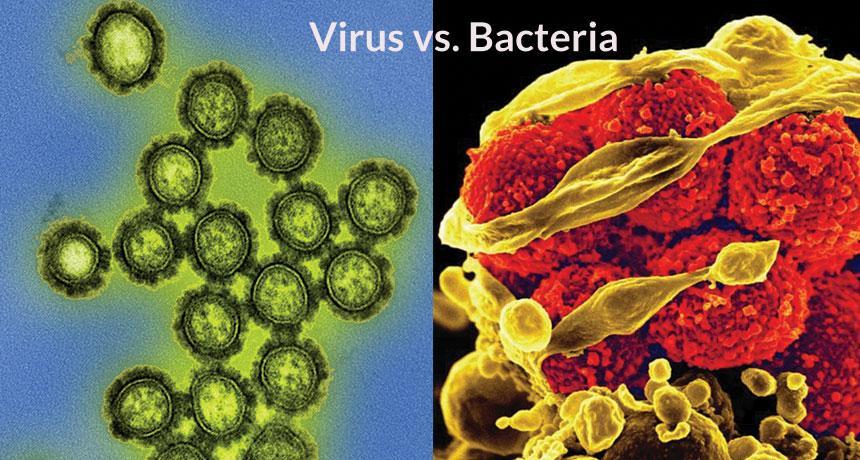Table of Content
You may also have a variety of other responsibilities that demand your time and attention, leaving you feeling guilty if you can’t devote more time to your senior’s needs. Being able to delegate certain tasks to home care providers allows you to get the support that you need as a caregiver. Patients receive one-on-one attention and a care plan that is tailored to their specific needs. This makes treatment more effective and builds trust among the patient, caregiver and home health care team.

Most states provide homemaker and chore services, as well as adult protective and emergency services for their elderly citizens. An addition 99.6 million meals were provided to the homebound elderly. Many residential care homes allow those who are married to stay together. This can be reassuring for many senior citizens who are afraid of separation.
Research continues to show that the benefits of community-based services outweigh those of institutional care.
From the study, nearly half (41%) of the respondents indicated that through HBC, patients are nursed in familiar environment. HBC is also shown to be considerably affordable and the patients get easy support from family members and friends. A study by Tanzania Commission for AIDS, revealed that HBC has benefits to the patients and family as well as the community at large. Through this program, the financial expenses of caring for patients away from the family are also reduced.
As illustrated in Table 1, about one third of the respondents, (31%) recognized counselling as one of the key components of HBC. Another 20% of the respondents indicated that nutrition was also a key component. Other components included social support systems (20%), nursing (11%) and treatment (10%). The study sought to establish the major components of Home Based Care of HIV/AIDS patients among the people of Butula Division in Kenya. In order to assess the knowledge of these components, respondents were asked to identify them.
Benefits of Home Health Care
Medicare is a federal health insurance program with a uniform eligibility and benefit structure throughout the United States. The program covers most persons entitled to Social Security benefits, persons under age 65 entitled to disability benefits and some persons with end-stage renal disease. Nurses, physical therapists, occupational therapists, speech therapists, social workers and aides make up the home health care team, with oversight by a physician. Patients can see these professionals without having to go to a doctor’s office, rehabilitation facility or hospital. The agency received payments from Medicaid, which is funded in part by the federal government, and is entitled to receive that money only if it paid its aides the required wages and benefits.

However, about 80% of this amount was accounted for by New York and an additional 15% by five other states--Arkansas, Massachusetts, Michigan, Texas and Oklahoma. In Fiscal Year 1986, Medicaid payments for home health services were $1.35 billion (3% of all Medicaid payments) on behalf of 593,000 beneficiaries. Of this amount, $766,000 (56.7%) was spent on behalf of the elderly. The passage of Medicare and Medicaid in 1965 gave impetus to the expansion of home health care in the succeeding decades.
Personalized Care
Most states provide homemaker and chore services as well as adult protective and emergency services for their elderly citizens, in order to prevent or reduce inappropriate institutional care. In 1987, about $1.2 billion was spent under Medicaid for personal care. By 1995, this amount had grown to $2.9 billion, while New York's share of the total had dropped to 61 percent, as other states made use of this option. These estimates rely on a broad definition of functional disability.

There’s typically one caregiver on duty per eight residents compared to one caregiver per five in an assisted living facility. They help seniors with mobility issues avoid and provide general care such as wound care and pain management if necessary. If your request is approved, Medicaid will pay service providers directly to provide your HCBS at no cost to you – just like any other Medicaid benefit. However, these waivers have strict qualification guidelines, so most people must be referred by a medical professional before receiving coverage.
PCAs are there to assist in maintaining personal hygiene at all times. They understand that hygiene is important to prevent infection in a person with AIDS because the immune system is compromised. PCAs are trained to practice universal precautions including hand washing and donning gloves when necessary to prevent contamination. If you are concerned about being infected, some tasks can be delegated to a hired personal care attendant.
Coverage of nursing home care in data systems is more comprehensive than is coverage of home and community care, because the latter is more diffuse and the former absorbs the largest share of public funds. In Arkansas, the benefits of home and community based care can be seen in the case of an elderly woman enrolled in ElderChoices. If she had entered a nursing home, Medicaid would pay close to $50,000 a year for her care. In 1990, the regular federal SSI benefit was $386 a month for an individual and $579 for a couple. All but seven states provide supplements aimed at covering the additional costs of housing for the frail elderly, mentally ill, or developmentally disabled in board and care homes or similar group living arrangements.
In reference to the referral system as a practice of HBC, 41% of the respondents indicated that they had no knowledge of its existence. Another 34% were aware of the practice while 25% indicated that the practice did not exist at all. This sometimes has its downsides but, it does afford the benefit of making the mundane magical when it comes to freelance content creation and copywriting.

From skilled nursing and therapy to wound care and medication management, patients can receive a wide variety of treatments at home. The respondents were also asked to indicate about the practice of medication and its sources. These included government health centres and hospitals, community health centres and Traditional herbal medicine practitioners. Community care is a service that provides the support that can help you stay living at home, even when you now find yourself requiring some assistance with daily tasks. It is the respectful, ‘extra helping hand’ that has so many advantages. Persons aged 60+ are eligible for services under the Older Americans Act.
The main advantage of community- based medicine, as defined and driven by managed care, is just to save money. We’re certainly being trained that way here -from day one much of our training has centered around home nursing, community nursing. Another thing about moving into the community is that you get more of a chance to do preventive treatment. That will control costs, because if you see them before they get sick, you can treat them better.
For those that prefer home comforts, residential care might be overwhelming so home care offers a great intermediary option. It is also very common to follow an extended stay at a rehabilitation facility if patients continued to improve while in rehab. In most cases, they can also provide companionship and reassurance if you have Alzheimer’s disease or another kind of cognitive impairment that makes living alone difficult. You can also find that a Certified Placement and Referral Specialist, CPRS is a great resource to finding the right place for you or a loved one. A CMP™ can guide you through each step of the process and make sure you are eligible for these services. Someone over the age of 60 or 18 with physical disabilities may be approved for HCBS, through ALTCS.
G. OTHER SOURCES OF HOME AND COMMUNITY-BASED CARE
Medicaid, a joint federal-state program, is the largest public source of funds, accounting for about 40 percent of all LTC spending. The remaining amount is provided for by Medicare and other public programs, private LTC insurance, and out-of-pocket expenditures. Finally, the entire long term care system needs to be examined in terms of the degree to which it produces desirable outcomes for the frail elderly, their caregivers and the taxpayers. For the frail elderly, these outcomes include the maintenance of dignity and independence in their latter years, access to needed services and an acceptable quality of life.
RESEARCH IN SOCIAL SCIENCES Butula HIV and AIDS home based care program, HIV and AIDS patients , Home Based Care benefits, Home Based Care components, Home Based Care of HIV and AIDS patients. The study examined the key practices of HBC, namely referral systems of HBC, medication and Nursing of the HAPs Referral systems form one of the key element for an effective continuum of care for HIV/AIDs patients. Family Health International observes that low resource areas lack sound referral networks for comprehensive HIV care.

No comments:
Post a Comment